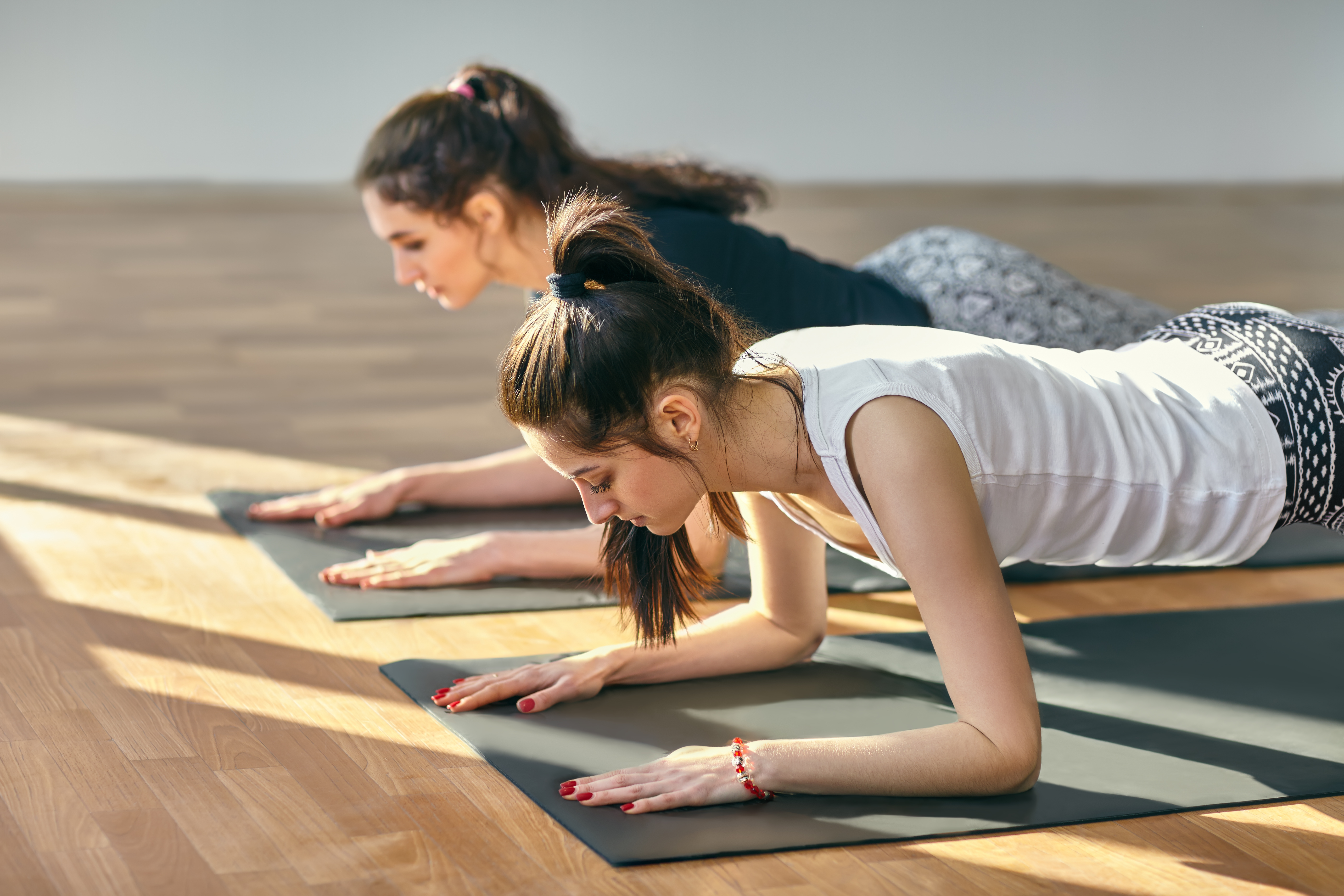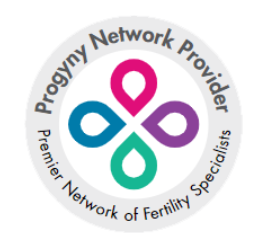Prevention is key to overall health – and that goes for your pelvic health as well. Rather than waiting until after a baby is born to focus on Kegel muscles and a strong pelvic floor – which corrects post-partum incontinence and/or potential prolapsing organs – we recommend integrating pelvic floor exercises into your workout routine before you get pregnant.
Get Your Pelvic Floor in Shape Before Getting Pregnant
The healthier and stronger your pelvic muscles and connective tissues are before you’re pregnant – the stronger they’ll be during and after pregnancy, and the easier it is to get them back into shape after baby is delivered.
Here are three simple, easy preconception exercises you can begin practicing right now:
Kegel exercises
Kegel exercises are designed to strengthen the muscles that support the bladder, bowels and uterus. Not only will Kegels help to prevent leakage or urinary incontinence later on, they can also improve your sex life because they strengthen muscles in the vaginal wall and this can enhance orgasms.
After the baby is born, Kegel exercises can also help to restore and strengthen stretched out connective tissues and weakened pelvic muscles that put you at risk for pelvic organ prolapse.
Kegel muscles are the ones that you “squeeze” when you have to hold your pee, or that stop the urine stream from flowing. You recreate this “squeeze” to do the exercises, slowly tightening and lifting the pelvic floor. Start holding for 5-seconds, and release for 8-seconds.
Work up to 10-second holds and repeat this series 10-times a day. The car or TV time offers ideal “Kegel time,” but make sure your bladder is empty for maximum effect.
Read Medicine Plus’s Kegel Exercise page for more detailed instructions.

The Plank
If you only had time for one core strengthening exercise each day, The Plank might be it. This exercise is beneficial to multiple muscle groups – and especially the core muscles, which include the pelvic floor. It also increases upper-body strength and opens those shoulder muscles – two areas that seem to weaken and contribute to “mom posture” after all the holding, nursing and bending over required during early parenting.
While you only need to work up to a 10-second hold in a proper plank position, feel free to hold longer as pelvic and core muscles build strength and endurance.
The split table
Here’s another exercise strengthens your pelvic floor while simultaneously helping other muscle groups – in this case, thighs and hip joints.
Lie on your back, knees bent, with feet together. Your arms should comfortably rest along your sides with palms facing down. Engaging your abs and thighs (and avoiding pressing with your arms), raise your feet off the ground, keeping knees bent, until thighs are perpendicular to the pelvis and shins are parallel to the floor.
Now, slowly separate your legs and open them so they drop towards the sides, they’ll stop when they’re at their max point. It shouldn’t be painful, and you shouldn’t force it. Then slowly raise them back up again. Repeat this 10 to 15-times, and do three sets.
Other exercises that benefit the pelvic floor include:
Getting your body in shape for pregnancy pays off – especially during your post-partum recovery.
Looking to work with a fertility specialist who cares about your pre- and post-partum health? Contact us here at NCFMC.
image: viktor gladko/shutterstock





